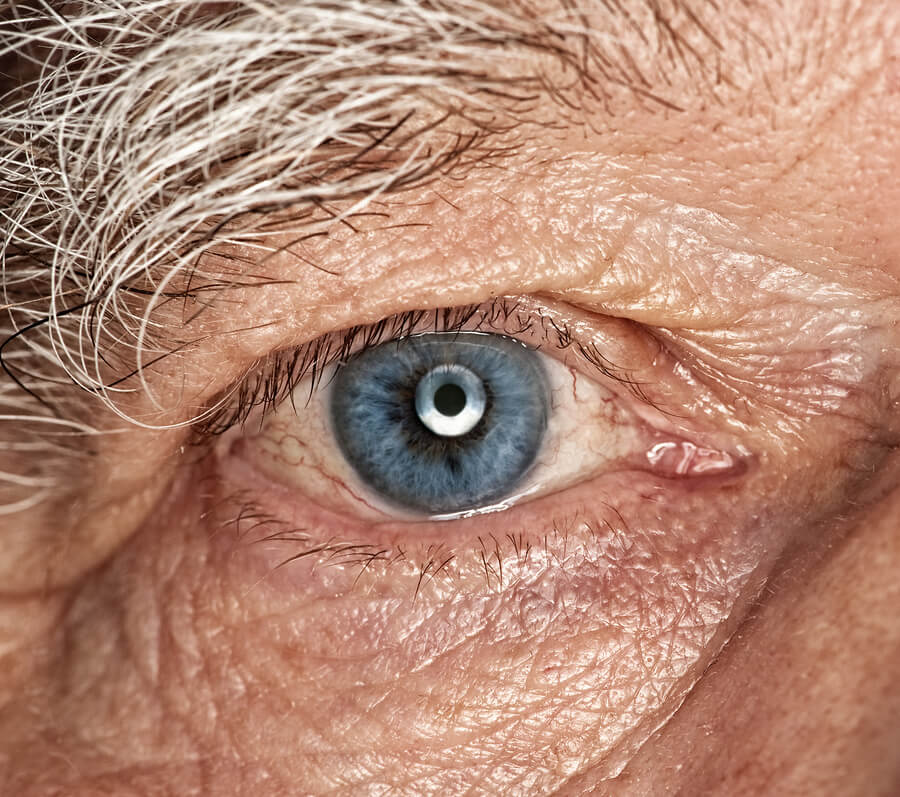Damage to the retina, situated at the back of the eye, can have devastating consequences, leading to impaired vision and even blindness. However, recent advancements in medical technology have brought a glimmer of hope to those affected by retinal issues. Researchers at Fudan University in China, led by Shuiyuan Wang, have developed a groundbreaking retinal implant that has shown promising results in partially restoring sight in blind mice. This innovative implant could potentially revolutionize treatment for individuals with conditions like age-related macular degeneration.
The retinal prosthesis created by Wang and his team is crafted from metallic nanoparticles designed to mimic the function of damaged retinal cells. These nanoparticles are adept at converting light into electrical signals that can be transmitted to the brain via nerves, essentially bypassing the non-functioning parts of the retina. The implications of this development are profound as it opens up new possibilities for restoring vision in those with degenerative eye conditions.
In a series of experiments conducted on genetically modified blind mice, the researchers administered the retinal implants to assess their efficacy. The mice were trained to perform tasks requiring visual acuity, such as touching a specific area on a screen to receive water. The results were remarkable – mice with complete vision performed successfully 78% of the time, while those implanted with the prosthetic achieved a commendable 68% success rate. In stark contrast, blind mice without any intervention managed only a meager 27% success rate.
Expert opinion on this groundbreaking study comes from Patrick Degenaar at Newcastle University who expressed his enthusiasm stating,
“It’s a very clear effect.”
He emphasizes that while initial findings are promising, further research focusing on long-term safety is imperative before considering human trials. Degenaar underscores the necessity for extensive animal studies spanning approximately five years before translating this technology into clinical applications.
Leslie Askew from the University of Surrey echoes this sentiment citing potential benefits for individuals grappling with age-related macular degeneration and retinitis pigmentosa through this prosthetic innovation. However, she acknowledges challenges ahead citing concerns about justifying implantation in patients who may retain some level of vision not warranting procedural risks.
Despite these encouraging outcomes observed in mice models, translating them into tangible benefits for humans poses its own set of complexities as highlighted by Degenaar who draws attention to inter-species variations in visual capabilities. Clinical trials involving human subjects will be pivotal in determining the true potential and applicability of this revolutionary retinal implant technology.
As we witness unprecedented progress at the intersection of medical science and technology, one cannot help but marvel at how innovations like retinal implants are transcending boundaries once believed insurmountable. With each breakthrough bringing us closer to alleviating visual impairments and enhancing quality of life for countless individuals worldwide.









Leave feedback about this